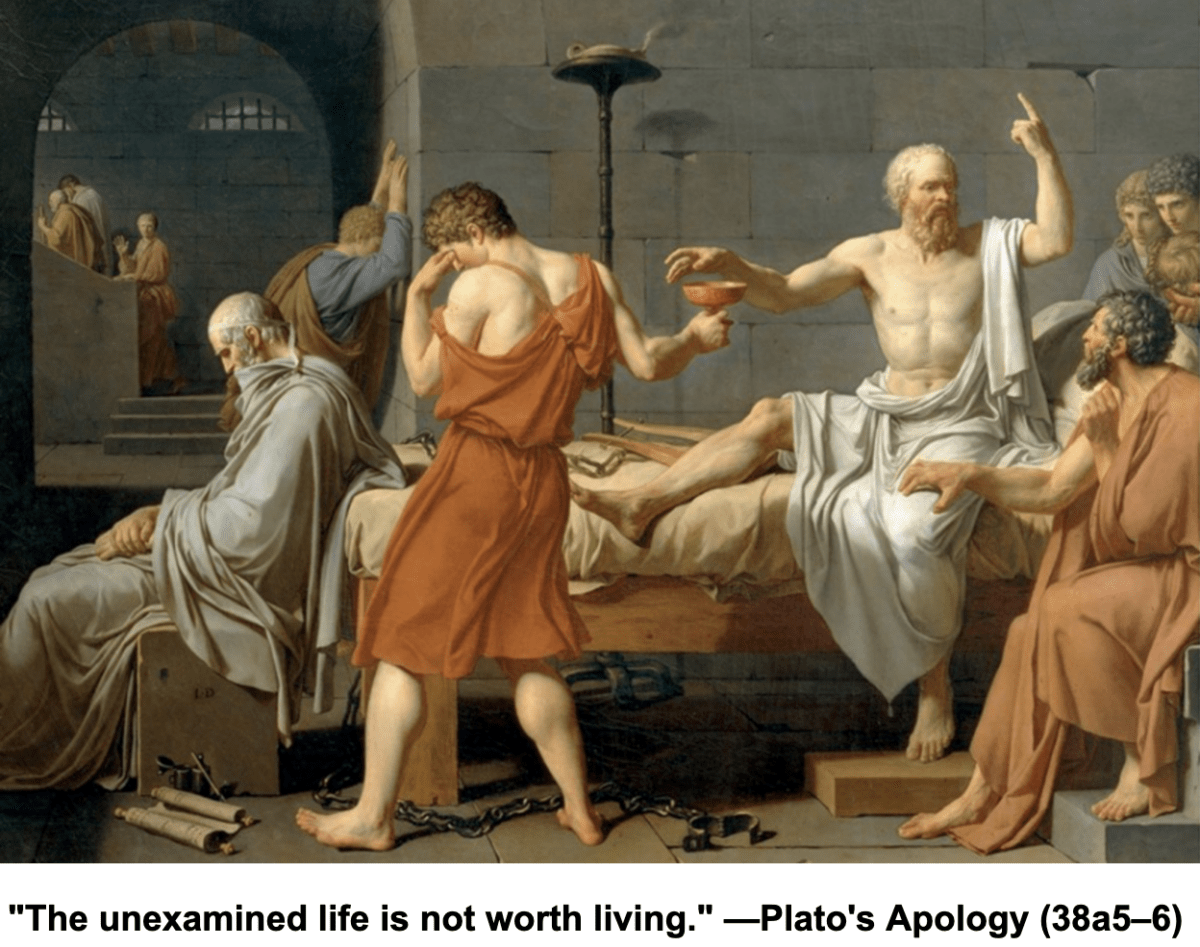In 1864, the Church of Jesus Christ of Latter-day Saints had a serious problem in the Sandwich Islands, what today we call Hawaii. The head of the church’s mission there had abused his stewardship and needed to be replaced. Elders Lorenzo Snow and Ezra T. Benson of the Quorum of the Twelve were dispatched to set things in order. To assist them in this endeavor, they recruited a young man who had just returned from a three-year mission in England and who had previously served a mission in Hawaii, where he learned the language and became well acquainted with the islands and their inhabitants.
After a long voyage, the party’s ship lay anchored in a channel at their destination. The seas in this region were rough, and traversing them could be dangerous unless you had the right kind of boat, were familiar with the currents, and knew the location of a man-made breakwater. Our young missionary possessed this knowledge, which he shared with his companions, recommending that they enlist the help of the locals and their specially designed boats to get ashore. But Elders Snow and Benson would have none of this.
Continue reading ““…whether by mine own voice…””